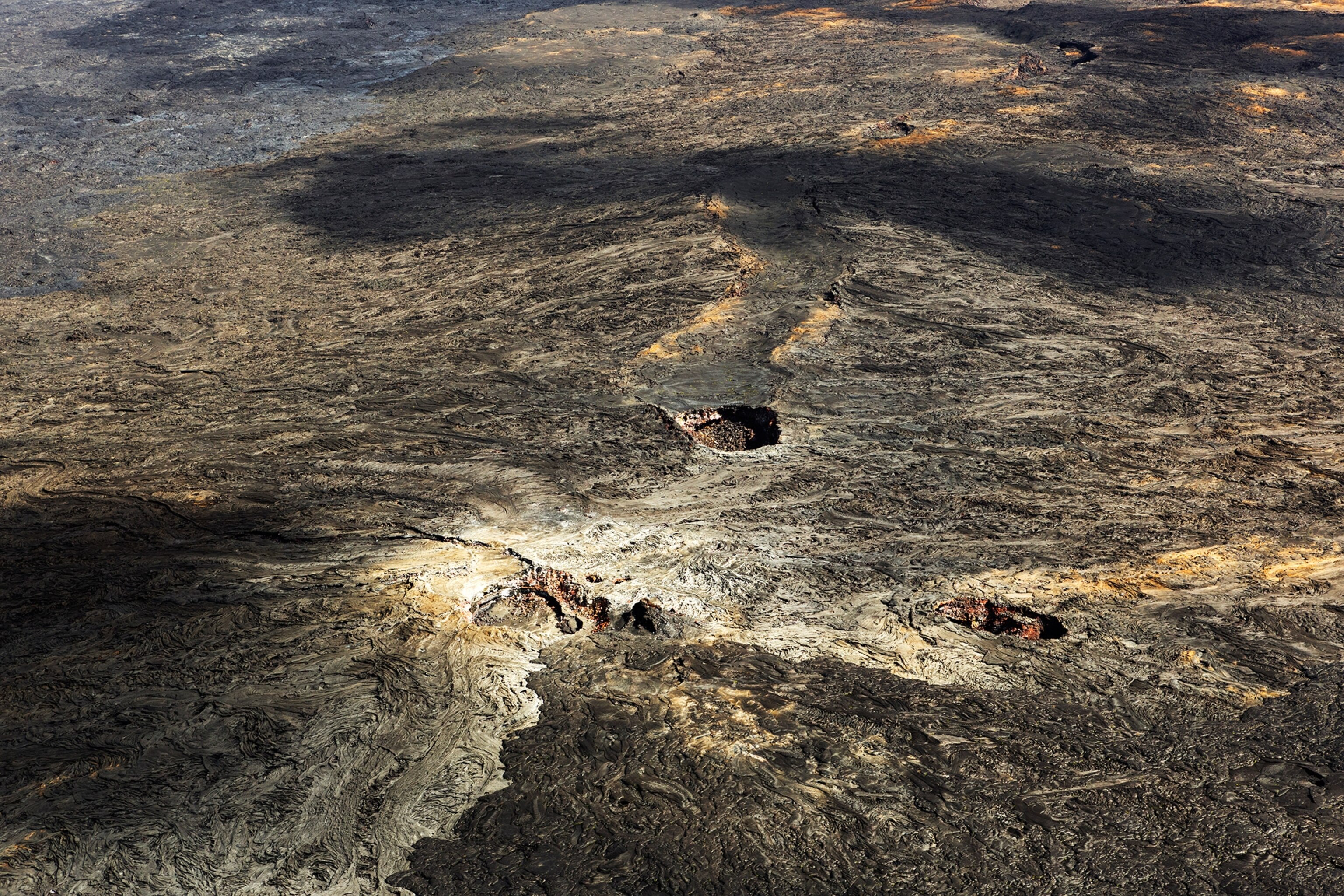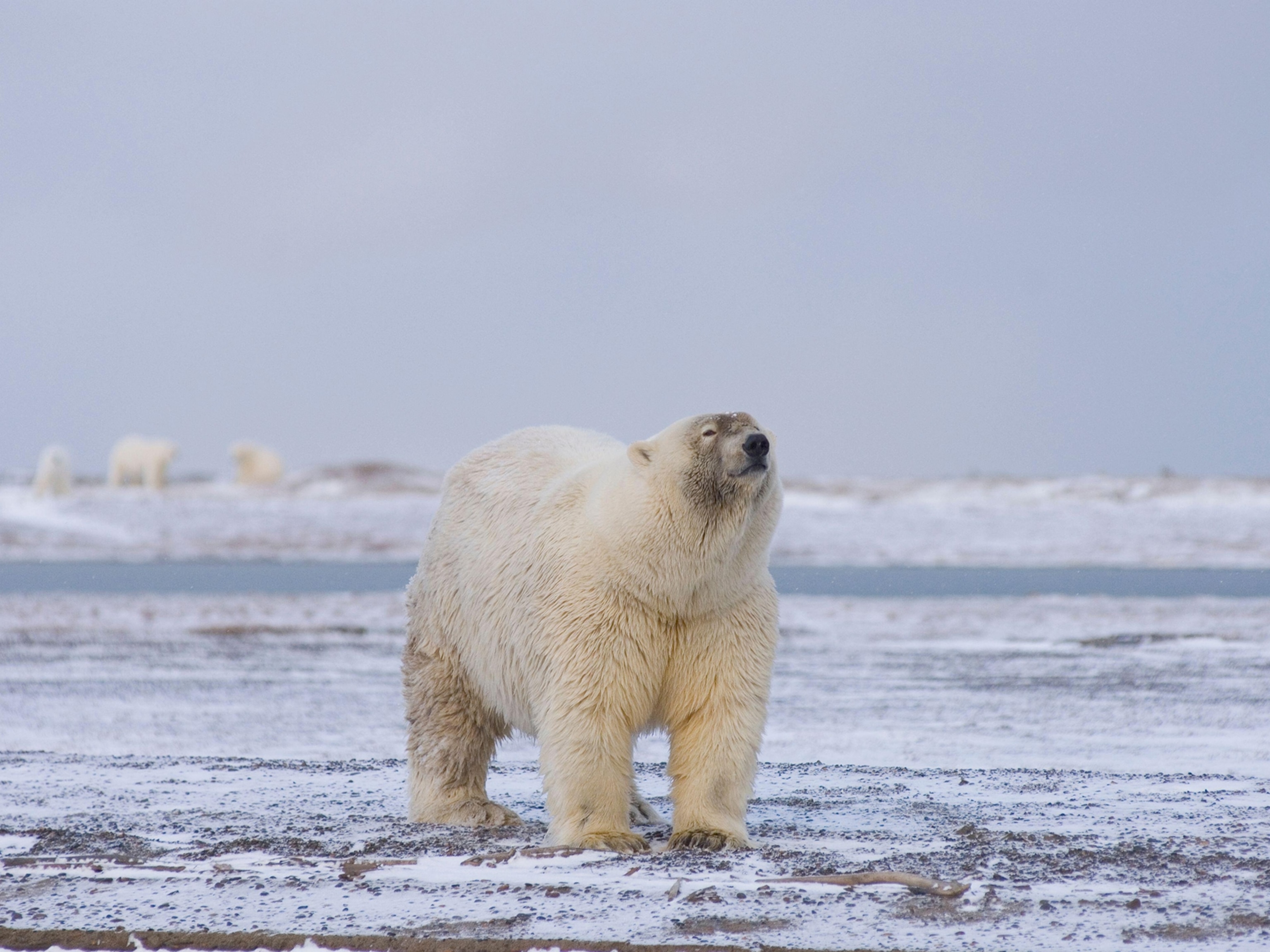
U.S.'s Longest Cat-Proof Fence Protects Endangered Birds
Hawai'i Volcanoes National Park makes a bold conservation move.
A five-mile-long fence was recently completed in Hawai'i Volcanoes National Park to protect the federally endangered Hawaiian petrel from feral cats. It’s the longest cat-proof fence constructed in the U.S.
The petrel, or ‘ua‘u in Hawaiian, nests deep in lava rock burrows on the slopes of the Mauna Loa volcano in the park, with nests found up to 10,000 feet high. Even at that altitude, feral cats prey on the petrels and their chicks, waiting outside the burrows or even reaching in to snatch a bird.
The fence protects the approximately 50 breeding pairs left in the park. About 15,000 of the seabirds live in colonies throughout the Hawaiian Islands.
Conservation fencing, or predator protection-fencing, was pioneered in New Zealand and Australia, two countries that had extensive invasive species problems. This type of fencing was first used on Hawaii in 2011 when a 2,040-foot-long fence was built to protect albatrosses on Oahu. The national park now has the fifth conservation fence in Hawaii.
The National Park Service collaborated with the National Fish and Wildlife Foundation, U.S. Fish and Wildlife Service, American Bird Conservancy, Hawaii Pacific Parks Association, and the Pacific Cooperative Studies Unit at the University of Hawaii to build the fence. Construction began in 2013 and was limited to January through May to avoid disturbing nesting season. The fence is six feet high with a curved, floppy top that prevents cats from climbing over it.
Building a fence at 8,000 to 10,000 feet on top of a volcano proved arduous. All materials and workers had to be flown in by helicopter with conditions like hail, high winds, and extreme heat and cold to contend with by the construction team.
“I suspect the fence crew might say the most difficult part was the preparation of the ground,” said National Park Service biologist Kathleen Misajon. “They pounded the entire five-mile route by hand, with sledgehammers, to create a stable base on which to build.”
The fence now protects over 600 acres of nesting habitat on Mauna Loa. According to Misajon, the fence may already, or in the future, protect the newly listed endangered band-rumped storm petrel as well as the Hawaiian thrush, which also uses the area.
Fluffy’s Big Impact
Hawaii is home to a third of all endangered species in the United States and the state’s record for extinctions is disheartening. Seventy-eight percent of extinctions in the U.S. have occurred in Hawaii. More than half the state’s 130 native bird species are gone, and most of those that remain are endangered.
“Unfortunately, Hawaii is often given the dubious distinction of being the endangered species capital of the United States,” said Scott Hall, a senior scientist at the National Fish and Wildlife Foundation.
One of the biggest contributors to extinctions is invasive species. Besides bats, no land mammals lived in Hawaii before humans arrived. Now deer, goats, and pigs are found in most of the eight main islands and an estimated half a million feral cats roam on Hawaii’s Big Island.
Feral cats are thought to be responsible for 72 percent of the petrel carcasses found in an 18-year period. A 2013 study found video evidence of cat activity at eight of 14 monitored petrel burrows. Across the United States, domestic cats are thought to kill several billion birds each year. (Learn about the surprisingly low impact of cats on one Georgia island.)
Cat Wars
Feral cat supporters are vocal in their opposition to eradicating or removing feral cat colonies, as often is done with other invasive species. A bill introduced by Hawaii’s Department of Land and Natural Resources that would have outlawed feeding feral cats on state land was defeated after cat advocates jammed the bill’s hearing with hours of testimony.
“Cats are the dominant predator here,” said Chris Farmer, the Hawaii Program Director for the American Bird Conservancy. “There is a lot of public concern for the invasive species no matter what they do to the native species.”
Even without cat supporters, full eradication would be difficult, take time, and prove expensive. Fencing, even with high upfront cost, offers a solution that sidesteps the logistical problems of eradication while not upsetting feral cat supporters. Besides minor upkeep, like cutting back vegetation so it doesn’t provide a way over the fence, fences are usually a one-time expense.
It’s too early to tell if the national park's fence is successful, but a small-scale pilot fence was built in 2004 to test out materials and construction methods while protecting nesting habitat for the Hawaiian goose. The geese return annually and no cat or cat predation has been documented within the fence.
“Conservation successes are happening,” Farmer said. “The efforts being done in Hawaii are really not a lost cause."
Correction: A previous version of this story noted that this was the longest cat-proof fence in the world. We have since learned that it is actually the longest in the U.S.





